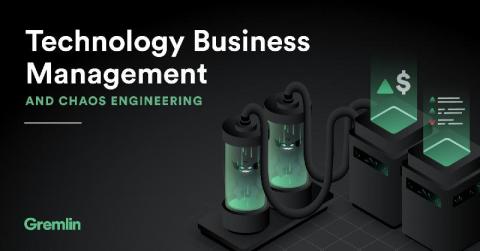Technology Business Management and Chaos Engineering
Get started with Gremlin’s Chaos Engineering tools to safely, securely, and simply inject failure into your systems to find weaknesses before they cause customer-facing issues. Technology Business Management (TBM) is a decision-making tool that helps organizations maximize the business value of information technology (IT) spending by adjusting management practices. With TBM, IT is transformed to run like a business instead of merely a cost center.











